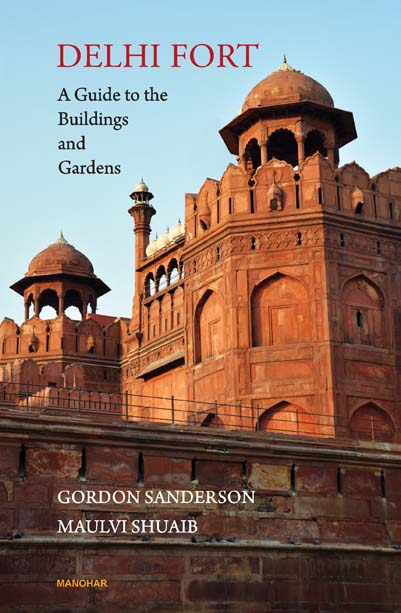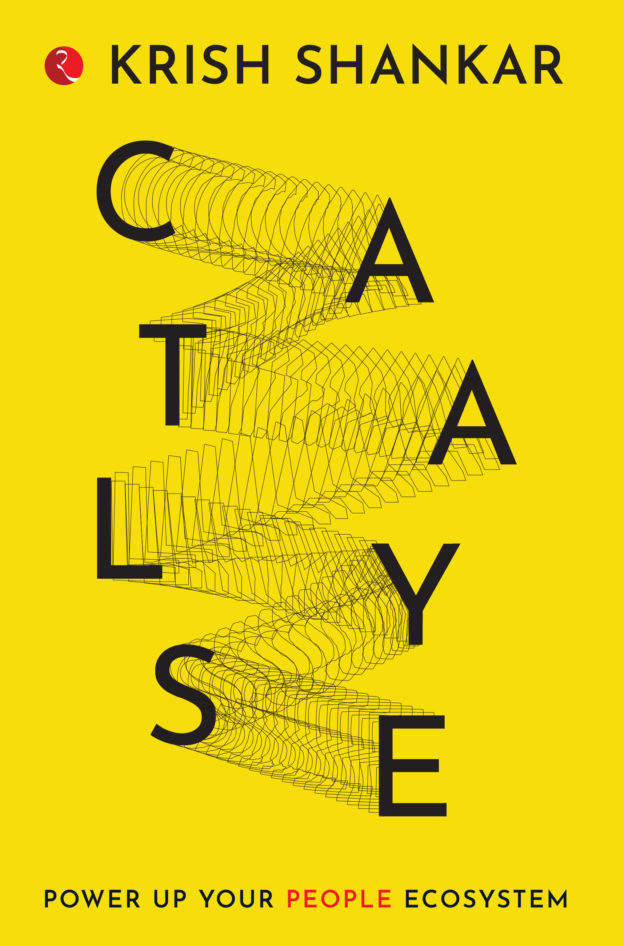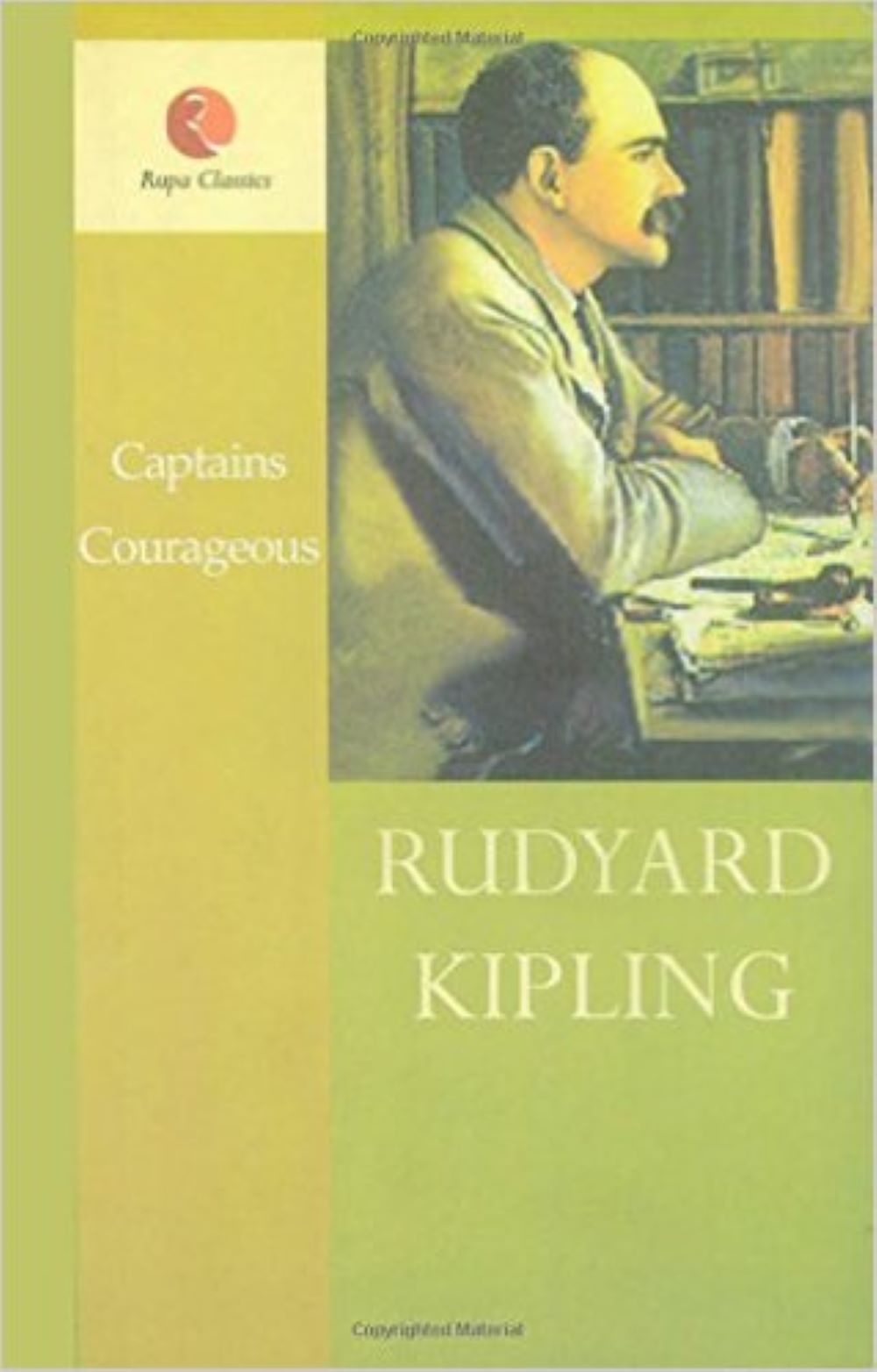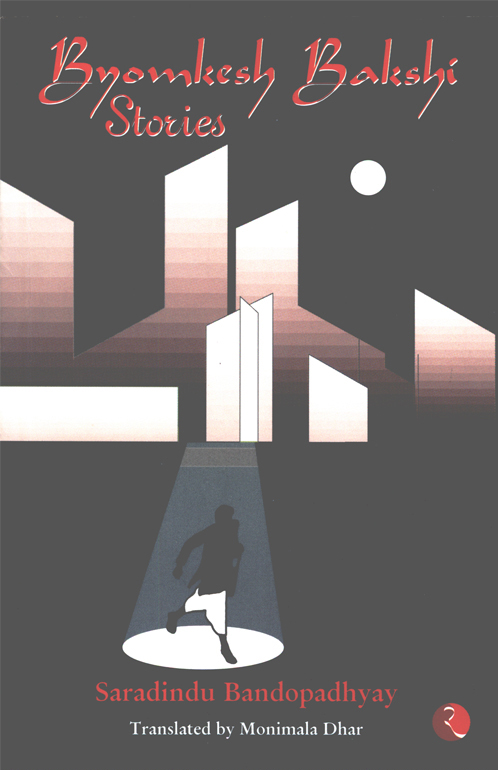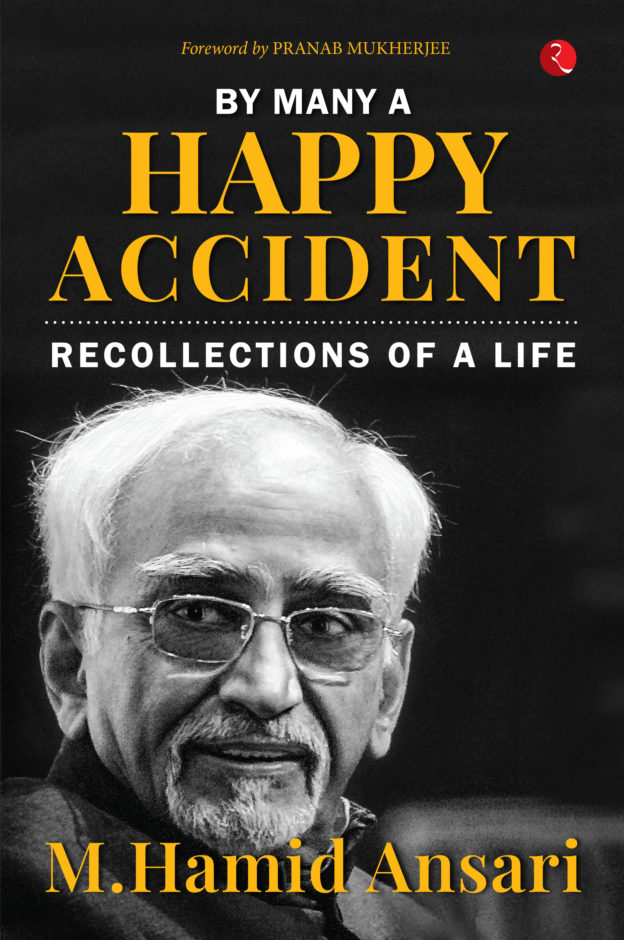Delhi Fort: A Guide to the Buildings and Gardens
Availability :
In Stock
₹ 505.75
M.R.P.:₹ 595
You
Save: ₹89.25 (15.00% OFF)
(Inclusive
of all taxes)
Delivery:
₹ 0.00 Delivery charge
Author:
Gordon Sanderson and Maulvi Shuaib
Publisher:
Manohar Publishers
ISBN-13:
9789390035083
Publishing Year:
2021
No. of Pages:
93
Language:
English
Book Binding:
Hardcover

